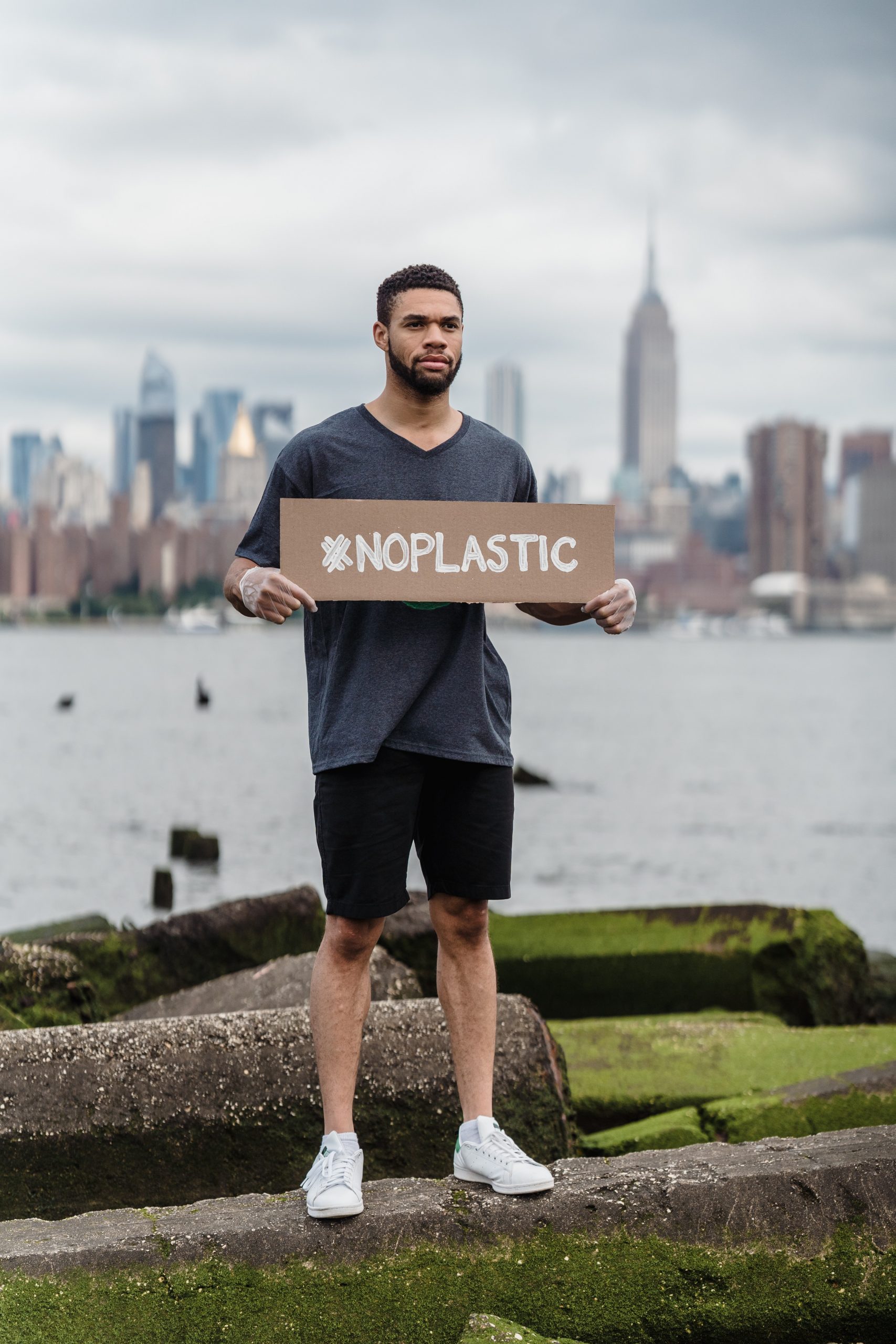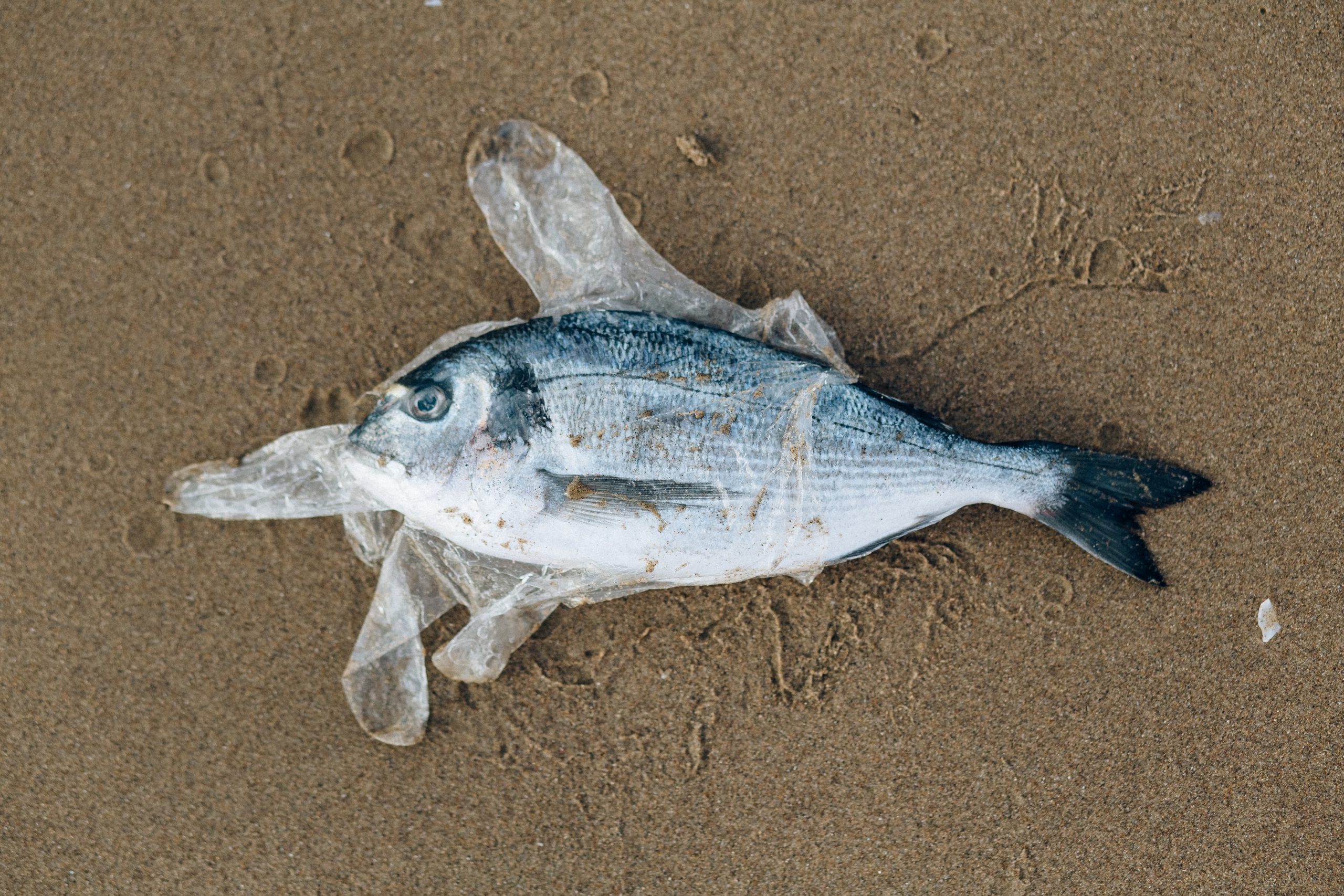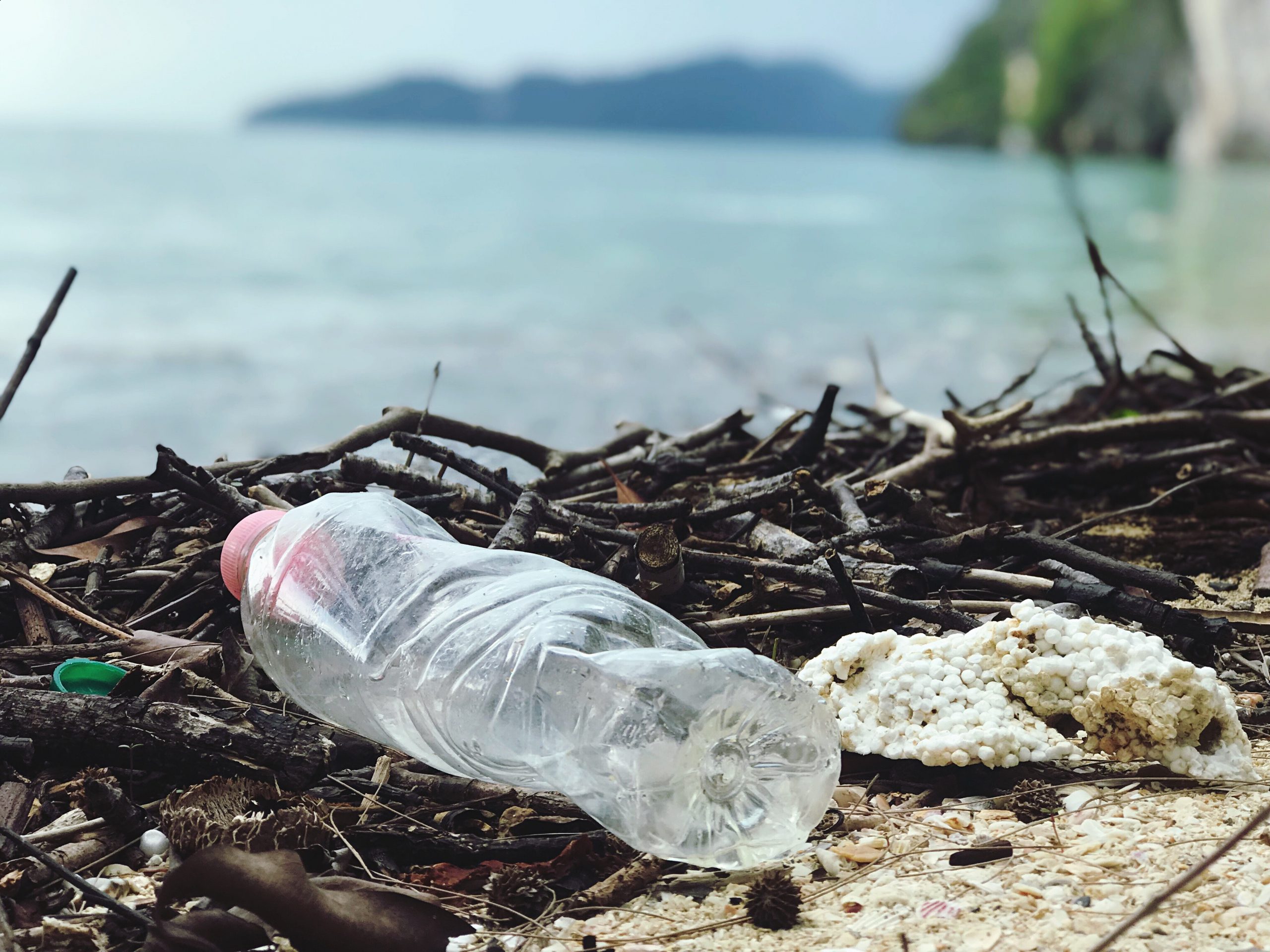
©Lara Jameson
Plastic is everywhere.
It’s in our oceans, coastal areas, and buried deep in the soil. It’s in our food and our water, and wreaks havoc on the natural world around us.
A plastic bag was found in the Mariana Trench — the deepest point in the ocean — over 10,000 meters down in the Pacific Ocean. It was first identified in 2022, but unless it’s retrieved, that plastic bag is doomed to roam the ocean floor for hundreds of years, slowly turning into microplastics that become entrenched in marine life and thus, us.
Join us as we learn from Dr. Juan José Alava, research associate with the Institute for the Oceans and Fisheries and Director of the Ocean Pollution Research Unit (OPRU), about plastic pollution, and what we can do to help.
How is our plastic consumption impacting the Earth?
We live in the age of plastic. There is plastic everywhere, and we cannot really ignore the benefits of plastics for society. There’s a reason why it’s everywhere. Scientists today are talking about how plastic is becoming an eco-marker of the human footprint. There’s microplastics in our soil layers that will tell the next generation how much we used plastic. It will become one of the archeological markers of the human presence.
There are around 170 trillion particles of plastic floating around in the ocean. Right now, we have 390.7 million tonnes of plastic that have been produced. That’s equivalent to 2.6 million blue whales. This is the cost of plastic.
Which industries are producing the most plastic?
We need industry-just transitions. We need our industries to reduce their usage, and creation, of plastic. The industries that produce the most plastic are: single-use plastics, apparel, automotives, and electronics.
Most of the plastic floating in the ocean are microplastic fibres from the clothes we wear. It’s coming from the production lines or just when we use the washing machine. We need to make a trade-off between using more biodegradable fibres in comparison to the synthetic petrochemical plastic that is basically petrochemical plastic.
Cooperative approaches to industry-just transitions are very important because at the end of the day, these industries are the ones producing all this plastic. They need to be responsible for the full lifecycle of the product, from production to waste. They need to be accountable to the roots of the problem, as well as the end life of their plastic.

©Nataliya Vaitkevich
How can we (as individuals) start to consider our plastic usage?
Our behaviours, our culture, and our habits need to turn to reducing our plastic footprint, to really reduce the construction of plastic and change to more environmentally clean, green friendly products. There are many opportunities for new kinds of substitute materials like plant based, compostable material, wooden products. Because of our efforts, we basically don’t see plastic straws anymore. We need to change all our behaviours like that. We take for granted that we can just put our products in the recycling bin, but the reality is that very little is actually recycled. Even if it is recyclable, we need to avoid using plastics.
It’s not easy because we have all these distractions, like Black Friday, like Boxing Day, where everyone wants to go and buy the newest iPhone or latest computer. Just stopping to ask ourselves, “Do we really need to do that?” will help change our behaviour.
We can be multipliers of actions that are important for the future, actions that impact us and future generations.
What can we ask our governments to do?
At the regulatory level, I think there is already incentive, because Canada has already banned six single-use plastics. I think the next item that we need to really keep an eye on is plastic bottles. I think we can really ask our representatives, our governments, to push for the reduction of plastic bottles as well. That’s the only item that wasn’t included by the Government of Canada.
We know that plastic is connected to fossil fuels, with 90 per cent of the total plastic coming from petrochemicals. This means we have one more justification to really reduce the use of fossil fuels which is also one of the sources of climate change. So, that’s another way we can ask the Canadian government to help against plastic production.

©Catherine Sheila
In terms of risk, which communities in particular are most acquainted with plastic?
Coastal fishing communities – a lot of them Indigenous communities – are most at risk of being exposed to microplastics. Plastic in the ocean can contaminate seafood, which is often eaten in coastal communities.
However, the reality is that many isolated communities near the ocean don’t have the infrastructure to become completely plastic-free, and these communities often depend on plastic for their lifestyles.
So, it’s very important that when we talk about actions to reduce plastic, we include everyone. We need innovative ways to create equitable solutions for everyone, and to understand that each community is different. There is no blanket solution, but we must understand that we are at war with plastic, and something needs to change.
Tips for reducing your plastic use
Tags: International Plastic Free Day, IOF Research Associates, Juan Jose Alava, microplastics, OPRU, plastic